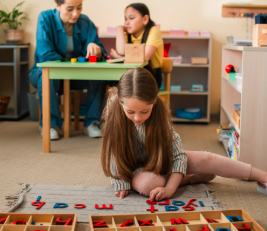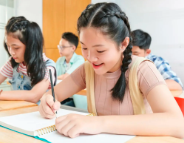In early childhood education, observation is more than just watching—it’s a powerful tool that helps teachers understand, support, and guide young learners on their educational journey. Through thoughtful observation, educators can better tailor their approaches to each child’s needs, strengths, and developmental stage.
Understanding Each Child as an Individual
Every child learns in their own unique way. By observing how children interact, play, and respond to their environment, teachers can gain insights into each child’s personality, learning style, and interests. This helps create a more personalized and supportive classroom experience, where children feel seen and valued.
Building Stronger Teacher-Child Connections
Observation helps teachers form deeper, more trusting relationships with children. When educators pay close attention to what children are doing and saying, they can respond more thoughtfully and with greater empathy. This builds mutual respect and fosters emotional safety—important foundations for any successful learning environment.
Supporting Developmental Growth
From language development to social skills, observation allows teachers to track each child’s progress over time. Small milestones—like a child sharing for the first time or solving a problem independently—might go unnoticed without close observation. Recognizing and celebrating these moments supports confidence and encourages continued growth.
Informing Thoughtful Teaching Strategies
The best lesson plans often start with simple observation. When teachers notice what engages or challenges a child, they can design activities that are both meaningful and developmentally appropriate. Whether it’s adjusting a learning center, offering new materials, or introducing group tasks, observation leads to more responsive teaching.
Encouraging Reflection and Professional Growth
Observation doesn’t only benefit students—it helps teachers grow as well. Reflecting on classroom dynamics, interactions, and learning outcomes allows educators to continually improve their practice. It promotes intentional teaching and encourages lifelong learning within the profession.
Creating a Calm and Focused Learning Environment
When teachers observe calmly and without immediate intervention, they give children the space to explore and express themselves freely. This promotes independence and self-regulation, creating a peaceful classroom atmosphere where curiosity and learning can flourish.
Conclusion
In early education, observation is a quiet yet powerful practice. It helps teachers truly understand their students, adapt to their needs, and nurture their development with care and confidence. By embracing observation as a central part of teaching, educators can create classrooms that support every child’s potential in thoughtful and meaningful ways.


